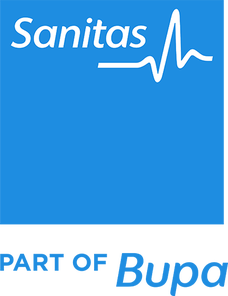You can get cramp during or after exercise, but you can also get it in other situations. But, why do you get it and what should you do to relieve it?
What is cramp?
Cramp is an involuntary muscle contraction, which is quite painful and usually happens when you are exercising, doing strenuous activity or after training.
Cramp associated to strenuous activity or overexertion generally occurs in the leg muscles; quadriceps (front of the thigh), hamstring (back of the thigh) or calf (calf muscle and gastrocnemius).
The muscle in the affected area contracts noticeably and even visibly; a small lump appearing below the skin that does not give way to palpation. However, cramp is also common when resting, particularly when sleeping. It usually affects the calf muscles or toes.
Older people are more prone to suffering from cramp due to the deterioration of muscle mass associated with getting older. In addition to them, pregnant women, certain chronic patients or people who do a lot of exercise also suffer from it.
Tip from Health Insurance Spain :
What to do if you get a muscle cramp
The most effective thing to do is usually to massage and stretch the affected muscle group. Sometimes, you might need someone to help you to do this by holding and stretching the affected area. Applying heat helps relax and stretch the muscle that has contracted and in severe cases, localised cold might be needed to relieve the pain.
Given that cramp is often associated to dehydration, you should increase your fluid intake and bear this in mind when you carry out any strenuous activity in the future.
To avoid cramp, specialists advise not skipping stretching exercises before and after exercise. Similarly, they say that it is important to regularly work on muscle elasticity in order to reduce the chances of suffering cramp.
People who do a lot of exercise should make sure that they replace liquids and mineral salts through drinks that provide electrolytes, particularly when training on very hot days. It is also advisable to eat fruit to ensure a fast intake of carbohydrates.
Why do you get cramp?
Cramp usually occurs when you tense or strain a muscle, either due to intensive exercise or for doing a strenuous activity that you are not used to. However, you can also get cramp if you are dehydrated or due to lack of mineral salt levels (magnesium, potassium or calcium).
Finally, some health conditions can cause cramp, such as dialysis, a trapped nerve due to a spinal cord injury, heart complications, secondary nerve entrapment or certain medicines.
In any case, people who regularly get cramp that is not related to the most common causes, should see a specialist, especially if the cramp lasts a long time, causes a lot of pain or muscle weakness, is accompanied by swelling or a burning or hot feeling in the affected area or if the skin goes red.
In these cases, the specialist can prescribe tests to find out the cause of the cramp or differentiate it from claudication and dystonia, other muscle tone alternations that are not associated with conventional muscle cramps.




